

Kansas pages
Homestead National Monument of America
four miles west of Beatrice, Gage County, Nebraska
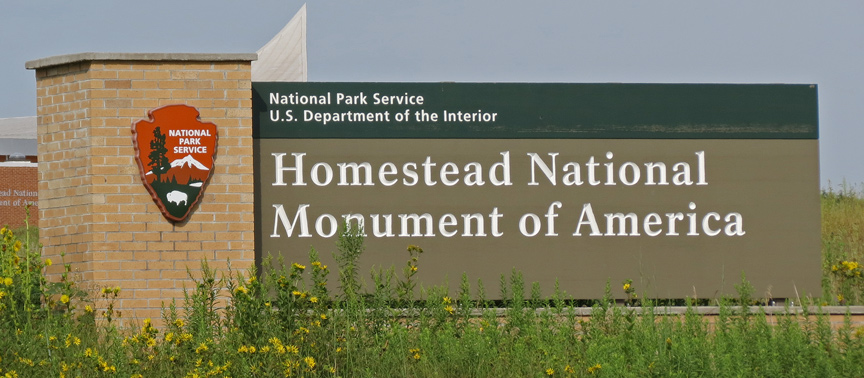
Homestead National Monument of America, a unit of the National
Park System, commemorates passage of the Homestead Act of 1862, which allowed
any qualified person to claim up to 160 acres (0.65 km2) of federally owned land
in exchange for five years of residence and the cultivation and improvement of
the property. The Act eventually transferred 270,000,000 acres (1,100,000 km2)
from public to private ownership.
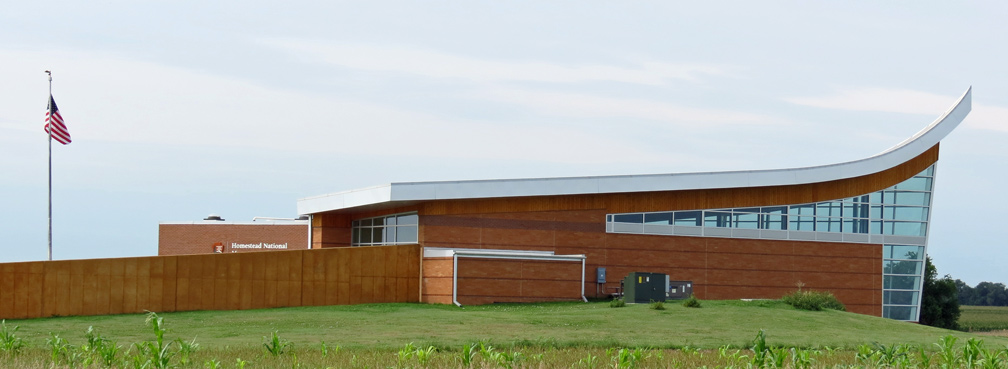

Visitor's Center
The national monument is four miles west of Beatrice, Gage County, Nebraska on a
site that includes some of the first acres successfully claimed under the
Homestead Act. The national monument was first included in the National Register
of Historic Places on October 15, 1966 (ID 66000115).

Freeman School
The Homestead Heritage Center, dedicated in 2007, contains exhibits that treat the effect of the Homestead Act on immigration, agriculture, native tribes, the tallgrass prairie ecosystem, and federal land policy. The roof line of the center resembles a “single bottom plow moving through the sod,” and the parking lot measures exactly 1-acre (4,000 m2). A separate Education Center features science and social science presentations that can be shared with classrooms anywhere in the United States through distance-learning.
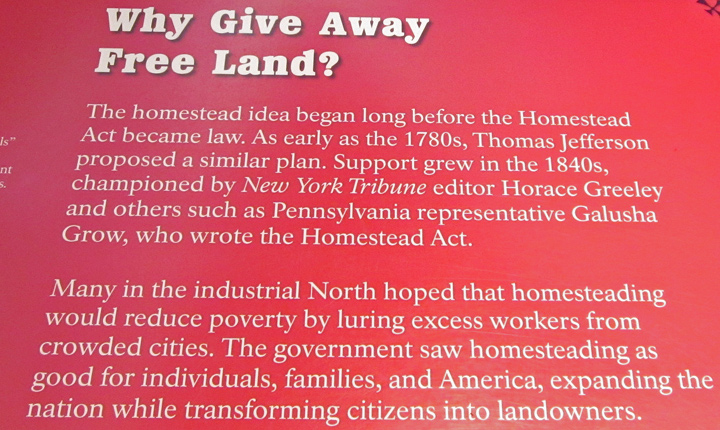
The park includes 100 acres (0.40 km2) of tallgrass prairie restored to
approximate the ecosystem that once covered the central plains of the United
States—and that was nearly plowed into extinction by the homesteaders. This
restoration, which necessitates regular mowing, haying, and prescribed burns,
has been managed by the National Park Service for more than 60 years and is the
oldest in the National Park System. The park maintains about 2.7 miles (4.3
km) of hiking trails through the prairie and woodland surrounding Cub Creek,
accessible via all-terrain wheelchair.
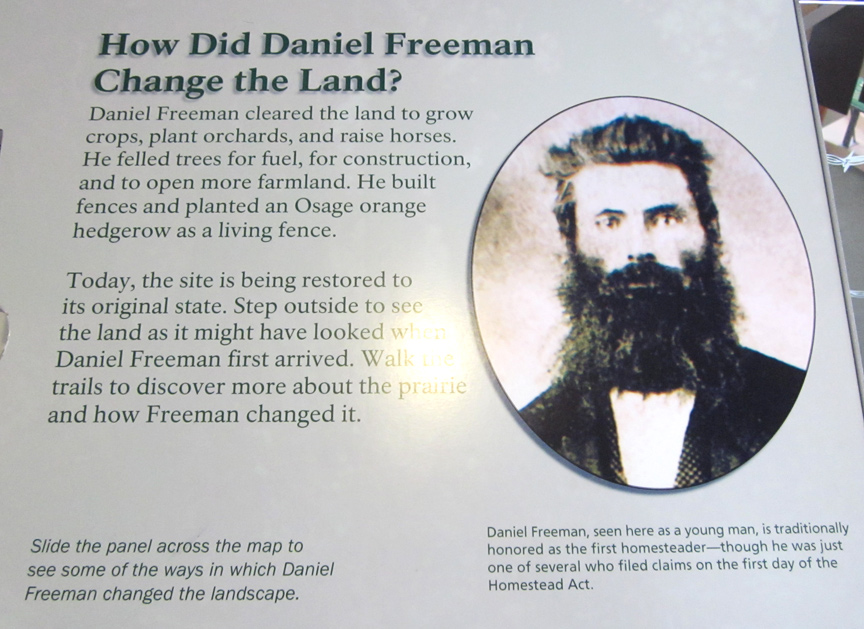
The restored Palmer-Epard Cabin was built in 1867 about fourteen miles northeast
of the Monument. Over more than sixty years, Palmers and Epards lived in the 14
X 16 foot structure before it was converted to grain storage. The cabin, built
of squared logs of mixed hardwoods, consists of a single, earth-floored room
downstairs and a small attic. It was donated to the park in 1950 and has been
moved and restored several times through the intervening years.
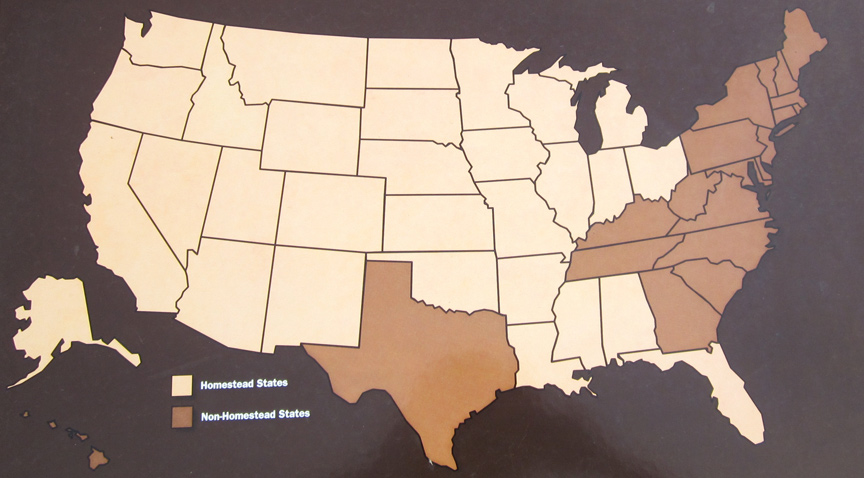
Homestead States
The Freeman School, built of foot-thick red brick with carved limestone lintels, was the longest continuously used one-room school in Nebraska history (1872–1967). The school also served as a Lutheran church, a polling place for Blakely Township, and a community center for debates, clubs, and box socials. The National Park Service has restored the school to look as it did during the 1870s.
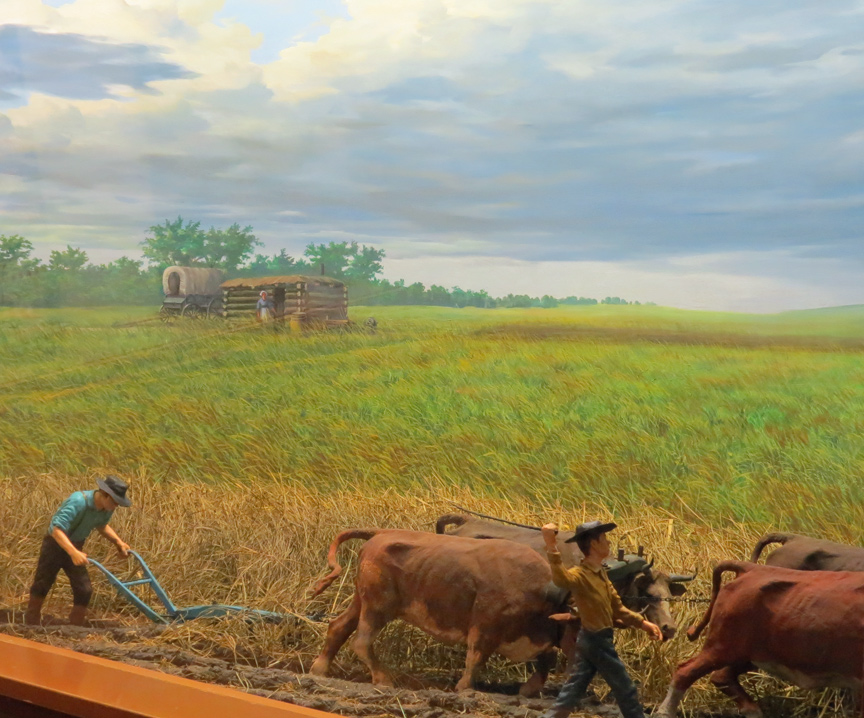
a homestead
The Freeman School was the focus of an early, influential judicial decision
regarding separation of church and state. In 1899, Daniel Freeman sued the
school board after a teacher, Edith Beecher, refused to stop praying, reading
the Bible, and singing gospel songs in her classroom. In Freeman v. Scheve, et
al. (1902), the Nebraska Supreme Court ruled that Beecher’s activities violated
provisions of the Nebraska constitution.
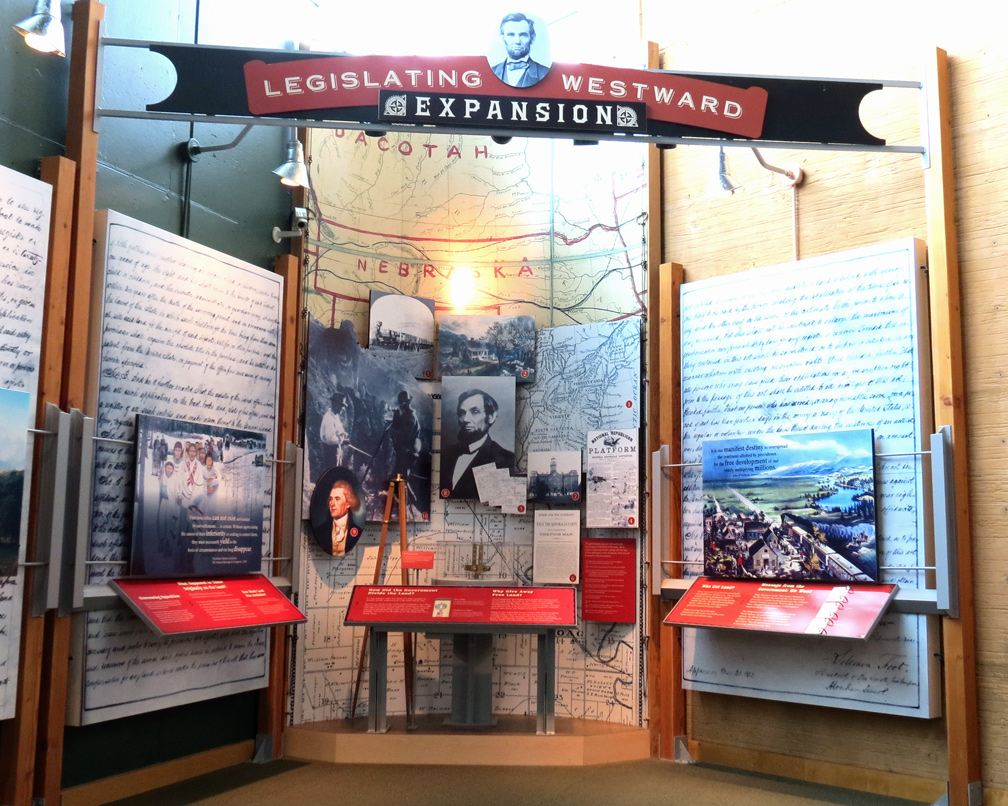
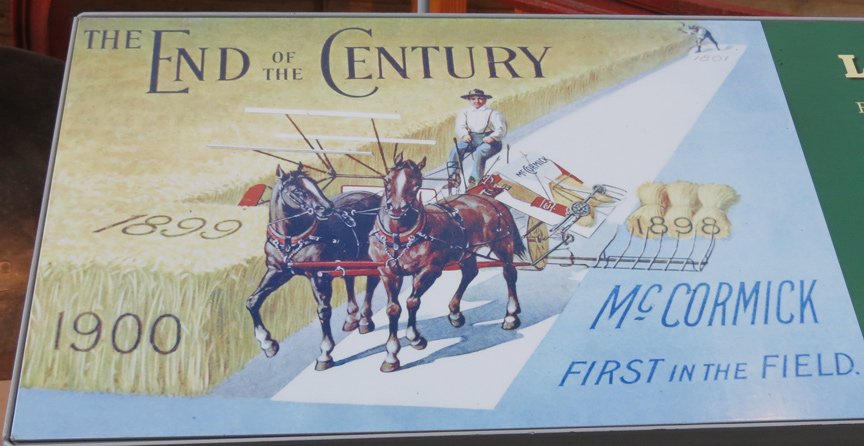
Daniel Freeman (1826–1908), a native of Ohio, filed the first homestead claim in
the Brownville, Nebraska land office on January 1, 1863. By the mid-1880s,
Freeman also claimed to have been the first homesteader in the nation. A
relentless self-promoter, Freeman eventually amassed more than 1,000 acres (4.0
km2) and became a prominent citizen of Gage County. As early as 1884, he first
proposed the idea of memorializing himself as the earliest homesteader, and
shortly after his death in 1908, Beatrice residents talked of preserving his
homestead as a national park.
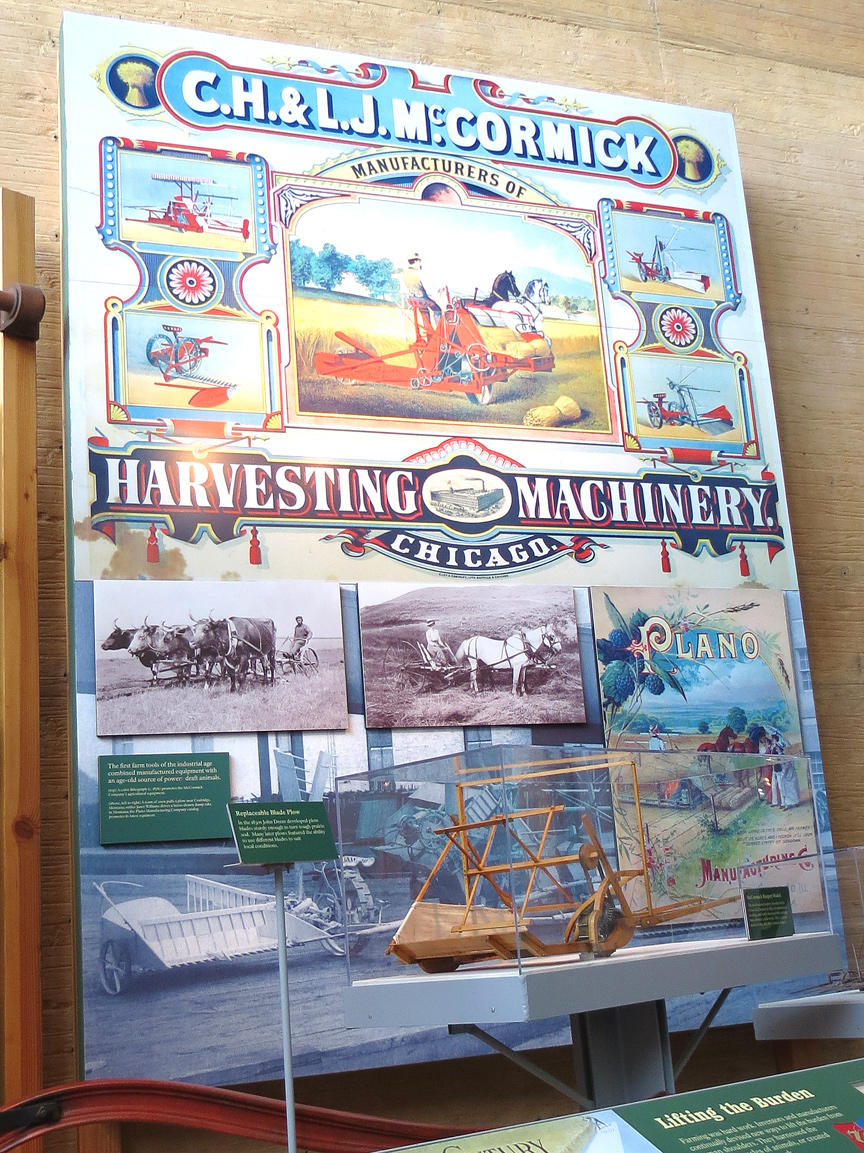

Proposals to create such a park were rejected until during the mid-1920s, the
influential Senator George W. Norris suggested a historical museum of
agricultural implements be established on the Freeman property and the local
chapter of the Daughters of the American Revolution dedicated a marker there.

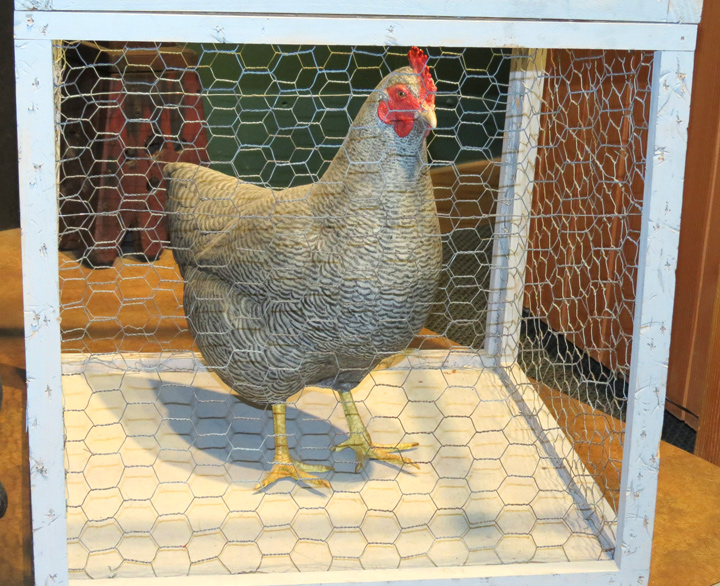

In 1934, Beatrice citizens organized the National Homestead Park Association,
reinvigorating the movement. In 1935, Norris and newly elected congressman Henry
C. Luckey of Lincoln introduced legislation to create the park, which eventually
became law in March 1936. But federal funding for the purchase was not obtained
until March 1938. Negotiations with the Freeman heirs “dragged on for months
over the value of the land,” and condemnation proceedings were instigated to
bring them to terms. The government took possession at the end of the year.
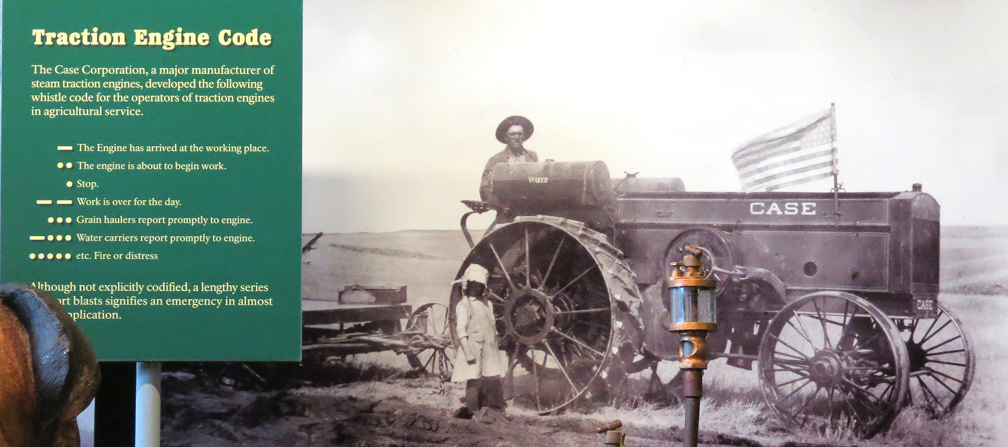
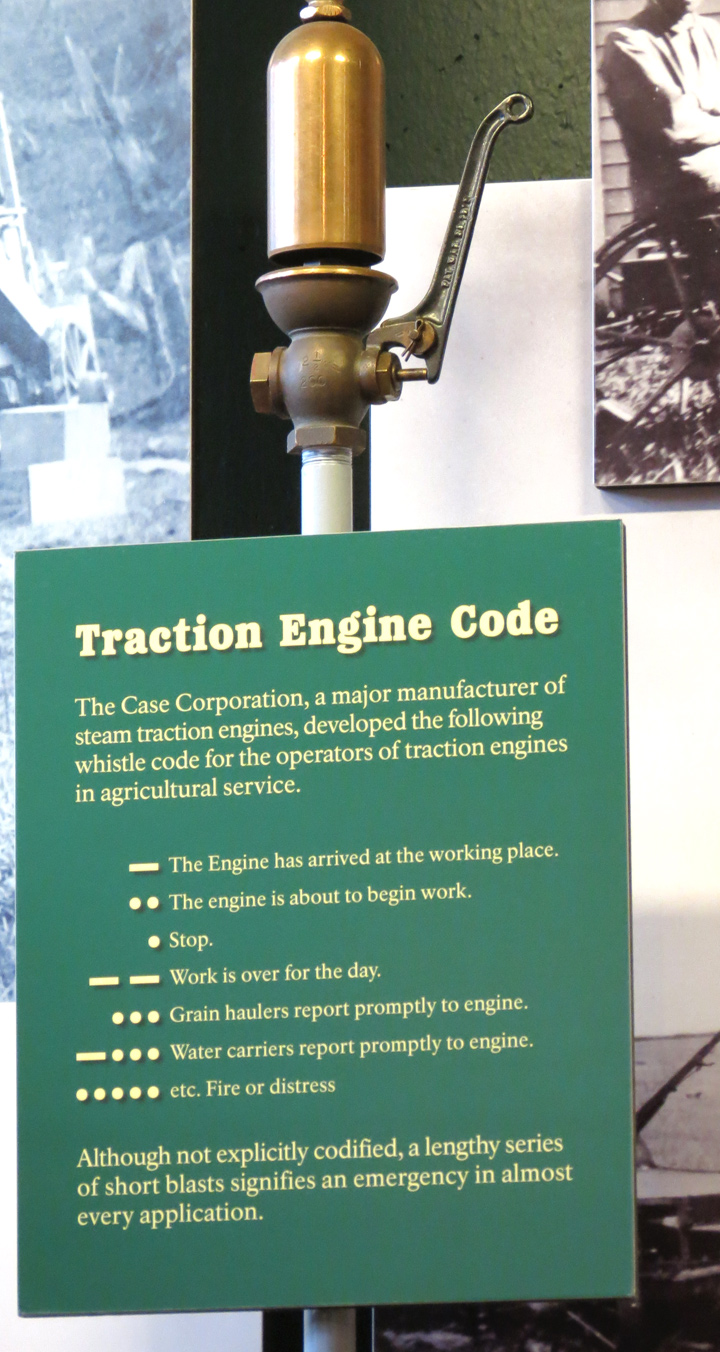
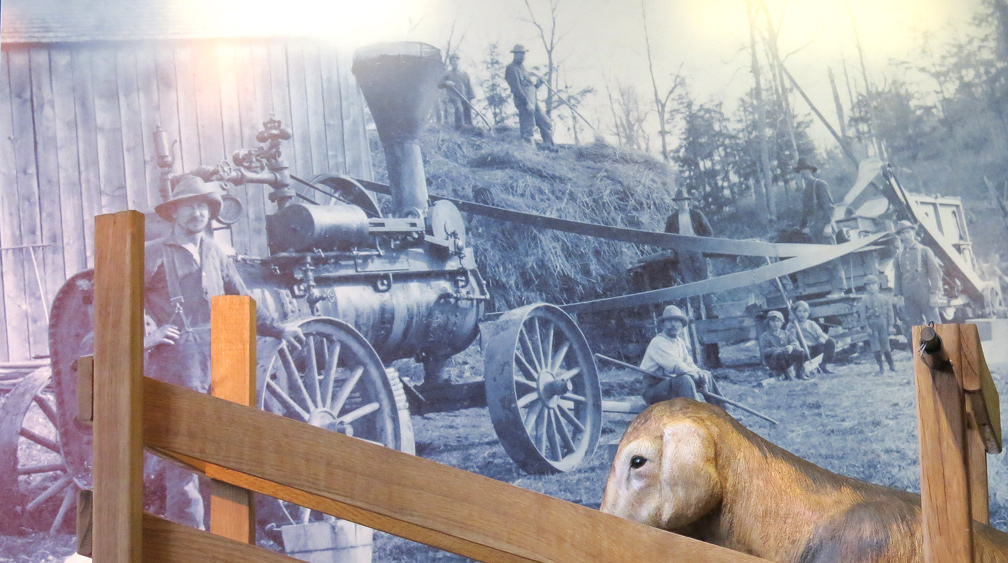
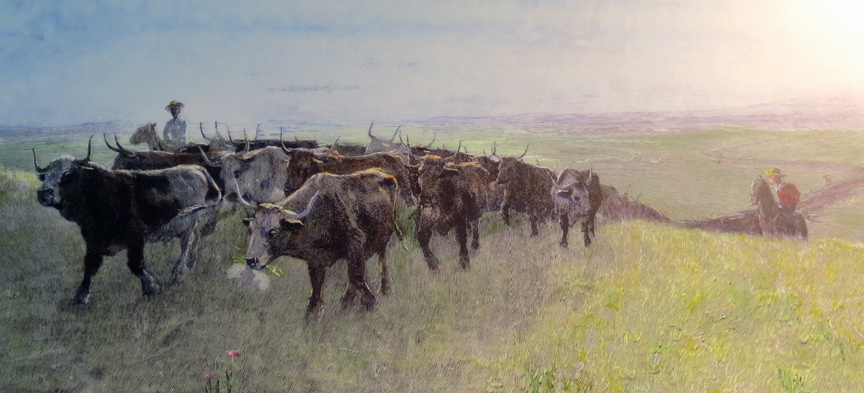
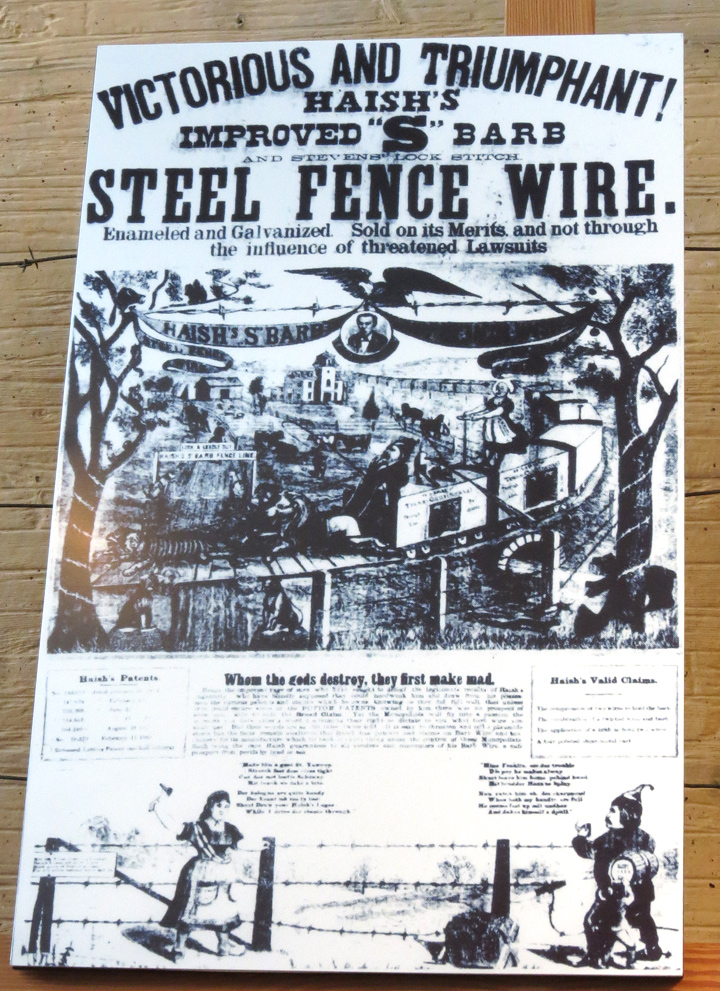
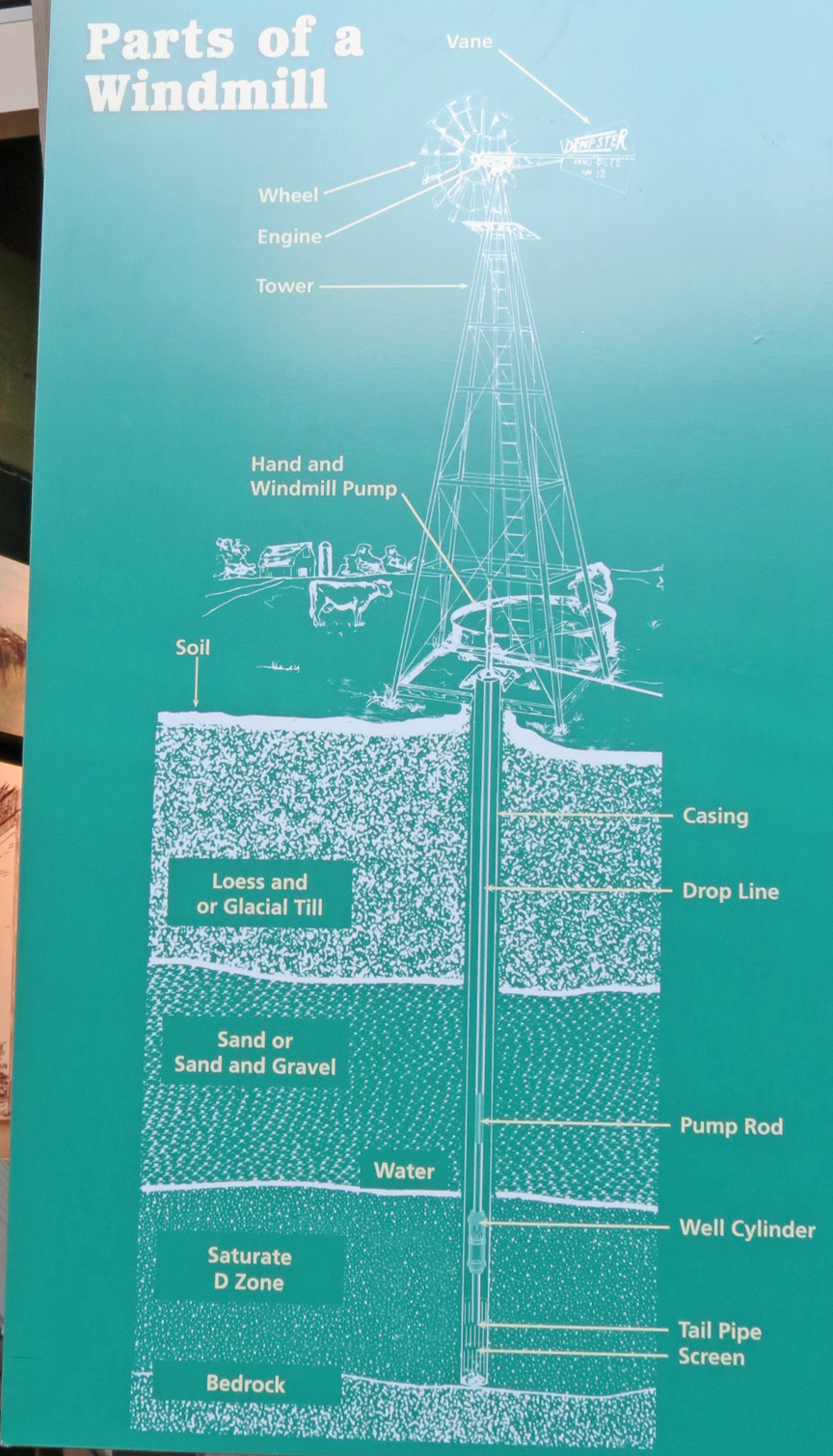
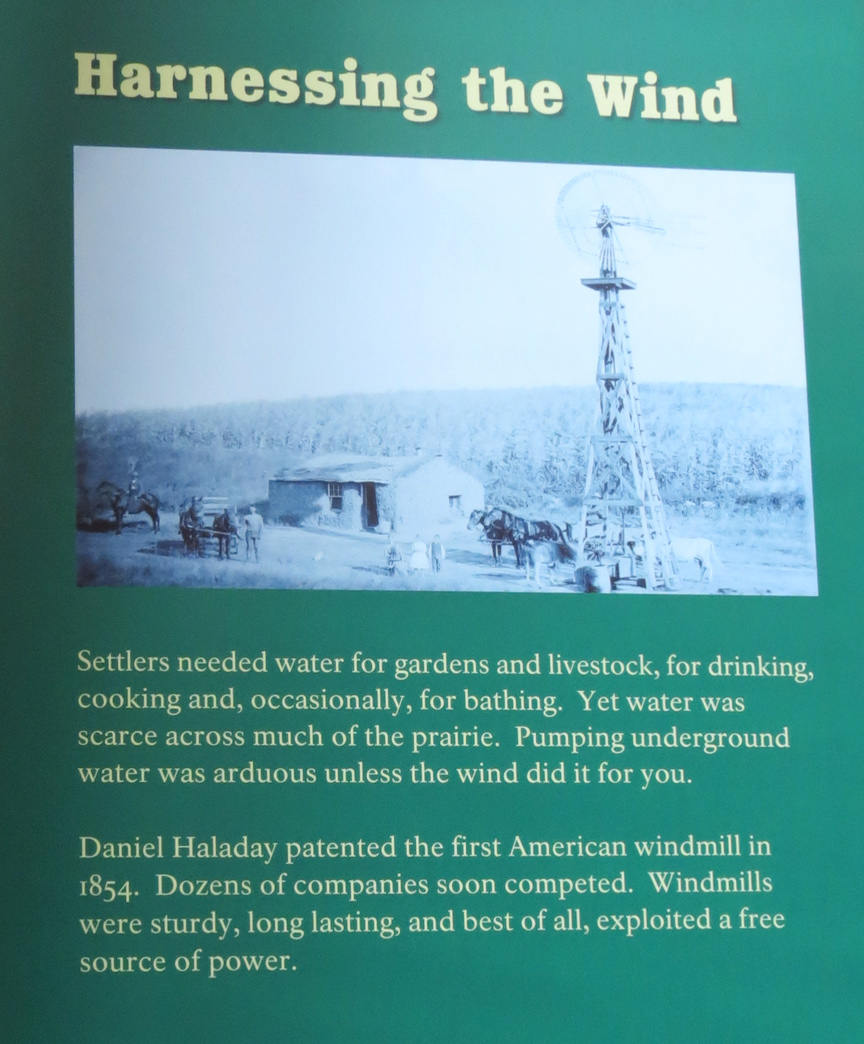
A few improvements were made to the site before American entrance into World War
II effectively ended both visitation and development. In the 1950s, the National
Park Service acquired the Palmer-Epard cabin and built a visitor center as part
of its Mission 66 program. A small museum there exhibited some of the artifacts
donated to the park by the Gage County Historical Society in 1948. By 1981 the
national monument had five permanent employees, one part-time employee, and some
seasonal personnel.
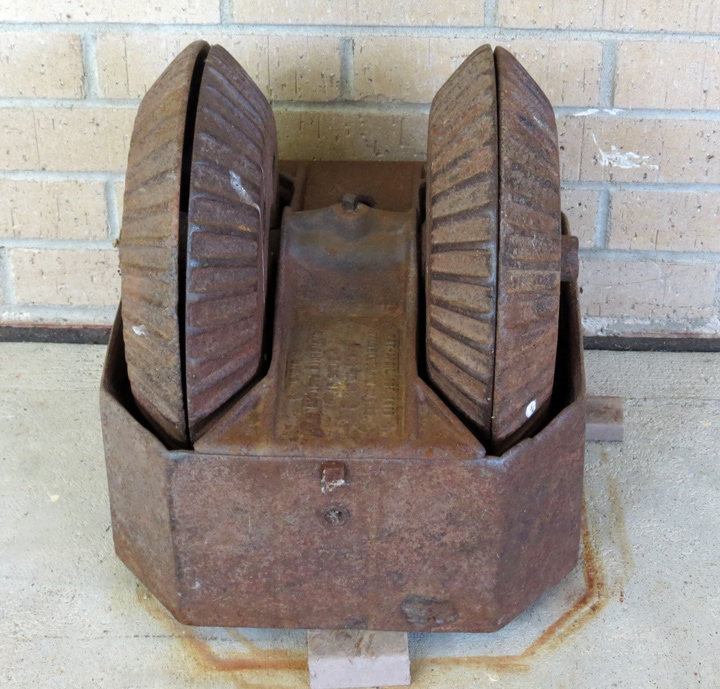
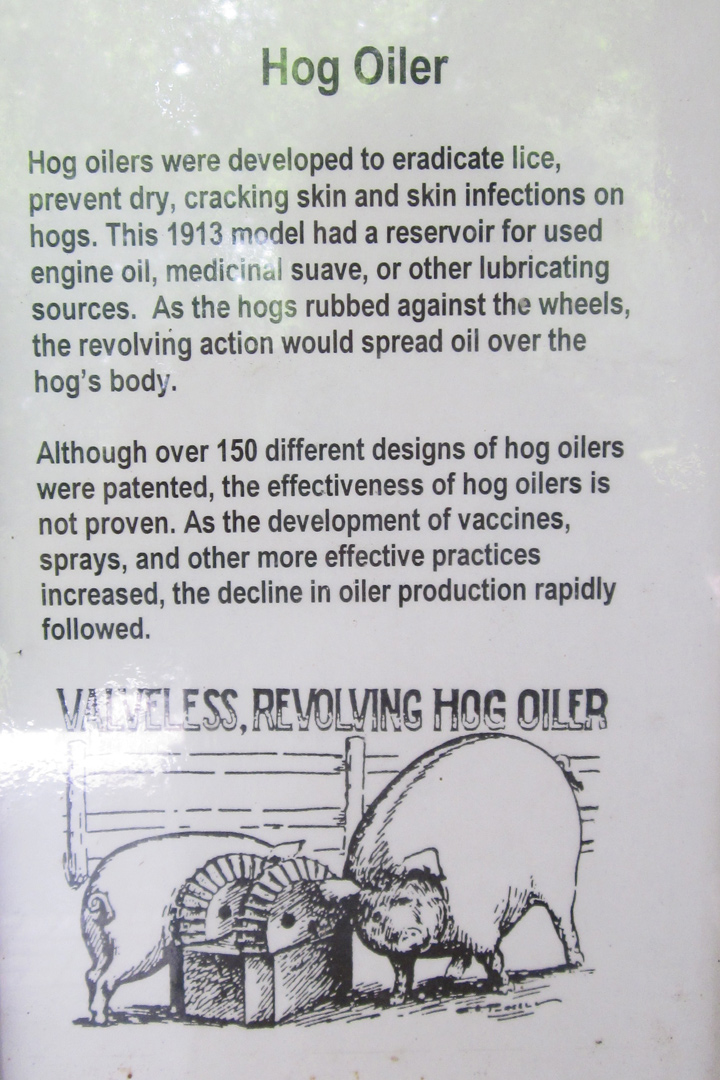
In the 1970s and ‘80s, seasonal rangers presented living history demonstrations,
although many of their activities were later viewed as “not historically
accurate for the homestead era” and “more reminiscent of the Appalachian hill
country than prairie homesteads.” By the 1990s, the NPS had limited funding for
such interpretation, and the monument began to extend the story of the Homestead
Act to other regions of the country. Under Superintendent Mark Engler, a
Beatrice native, the national monument dedicated the Homestead Heritage Center
in 2007 with more interactive displays that treated the Homestead Act from a
broader prospective, a change symbolized in part by a “Living Wall” at its
entrance with a physical representation of the percentage of land successfully
homesteaded in each state.
Text from Wikipedia
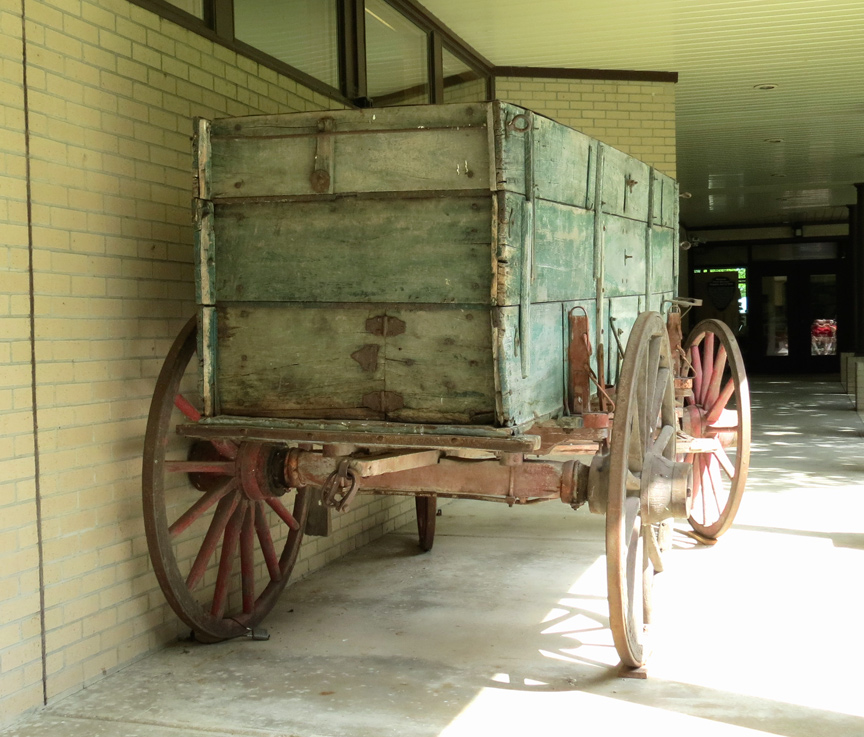
Farm Wagon
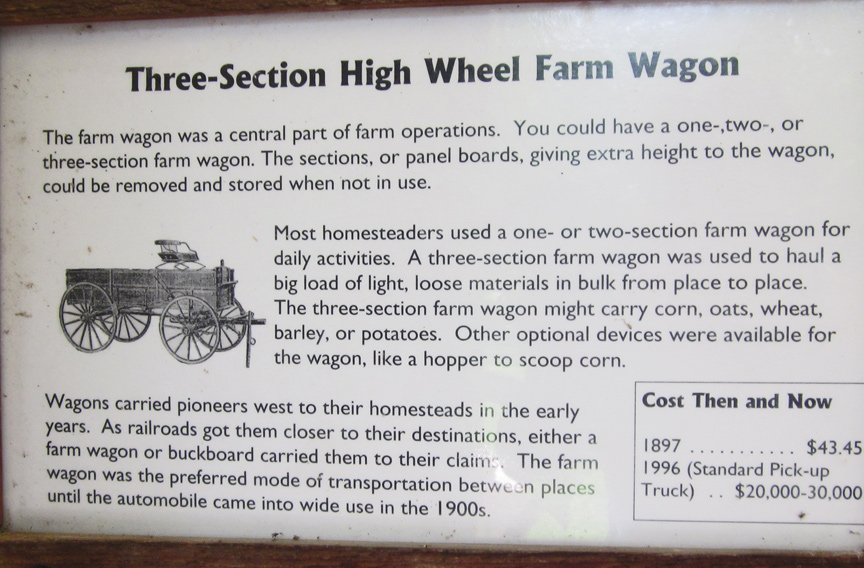
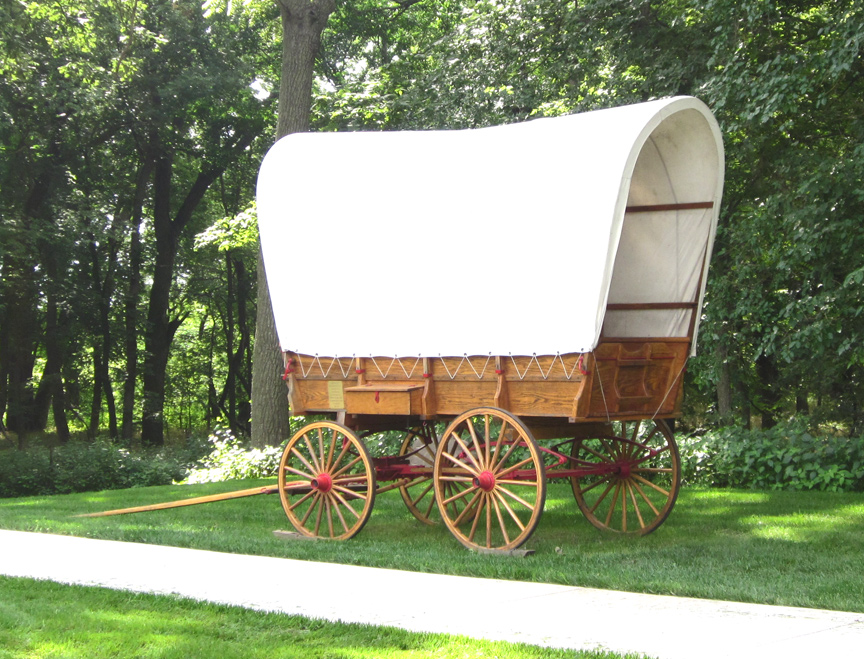


oxen plowing
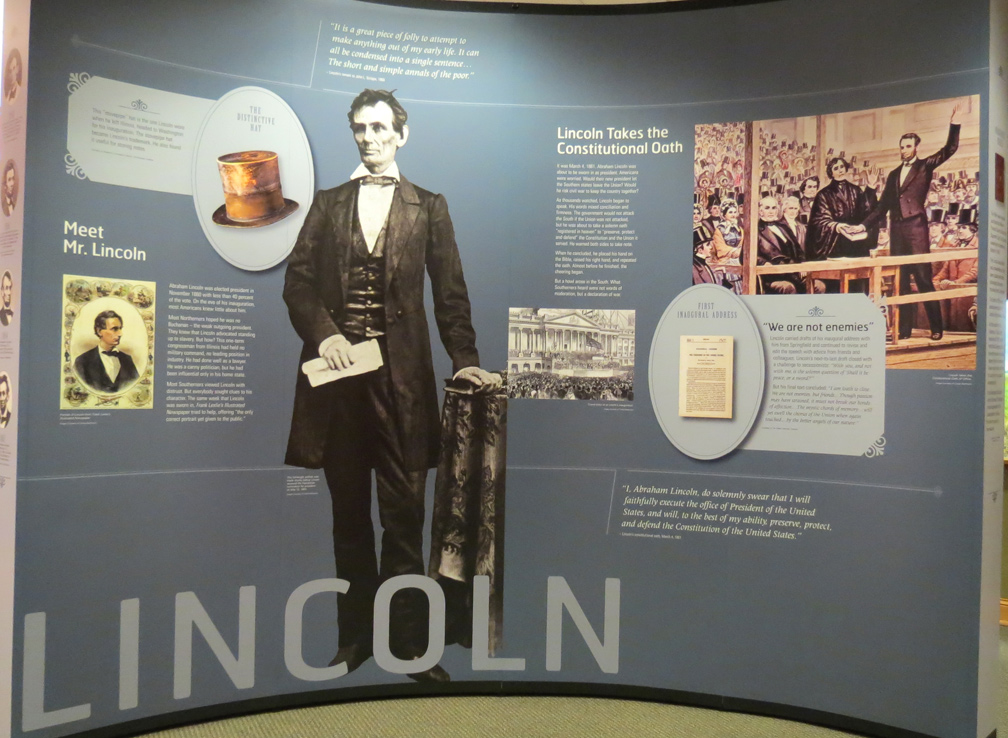
President Lincoln
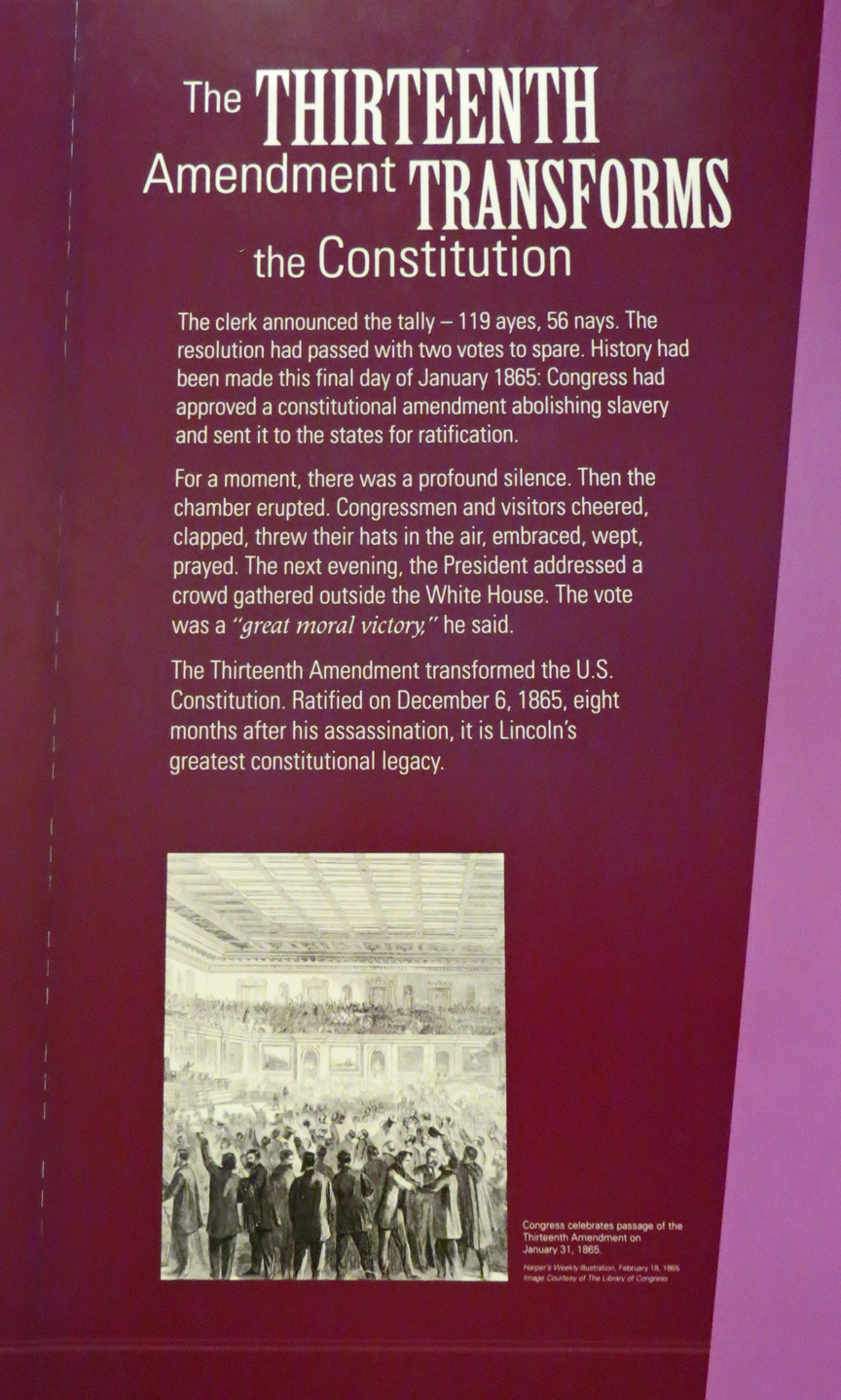
opened Homestead opportunities to Blacks
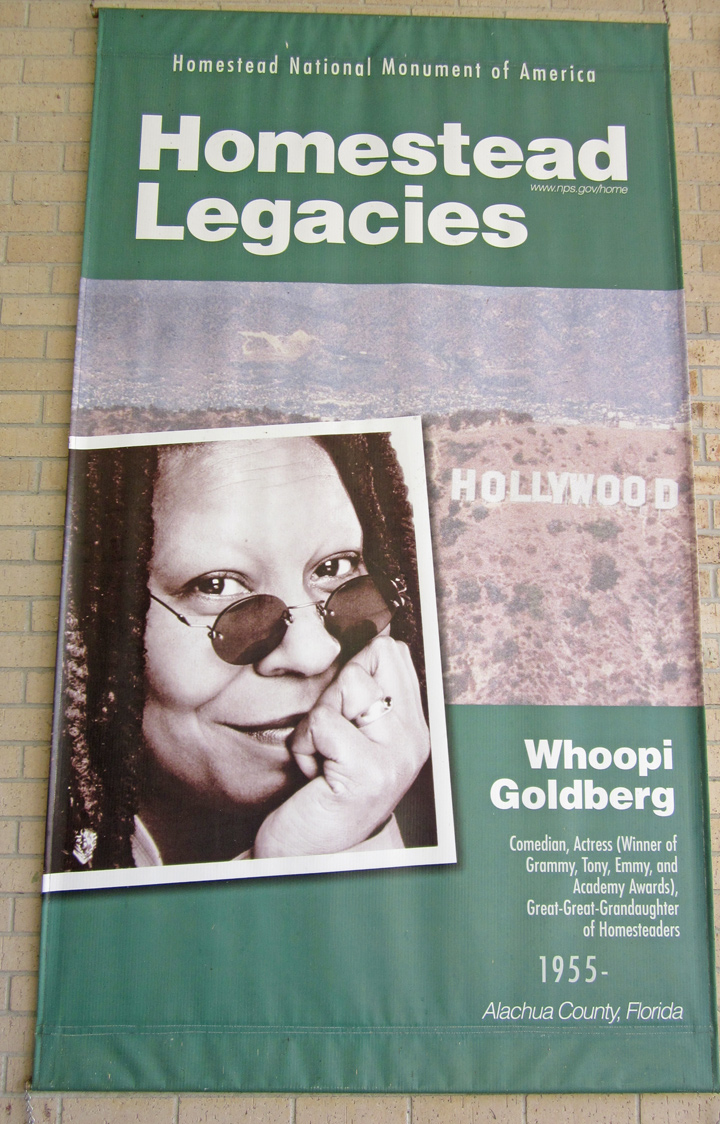
including Whoopi's Great Great Grandfather
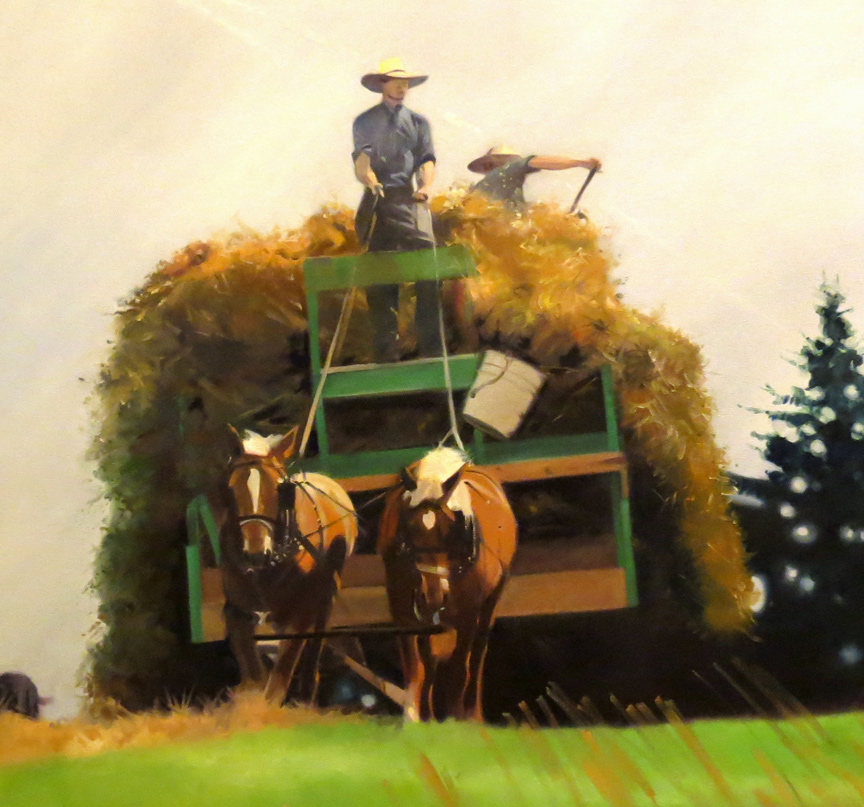
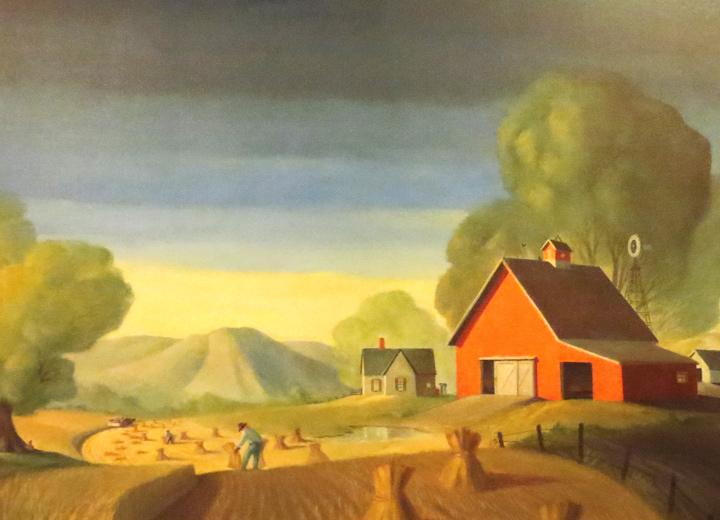

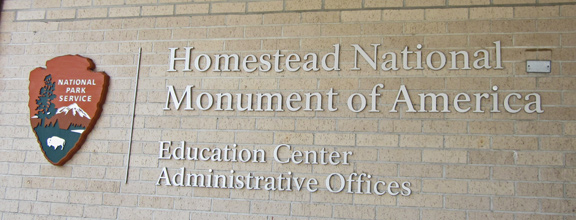
Quilt Exhibit in the Education Center
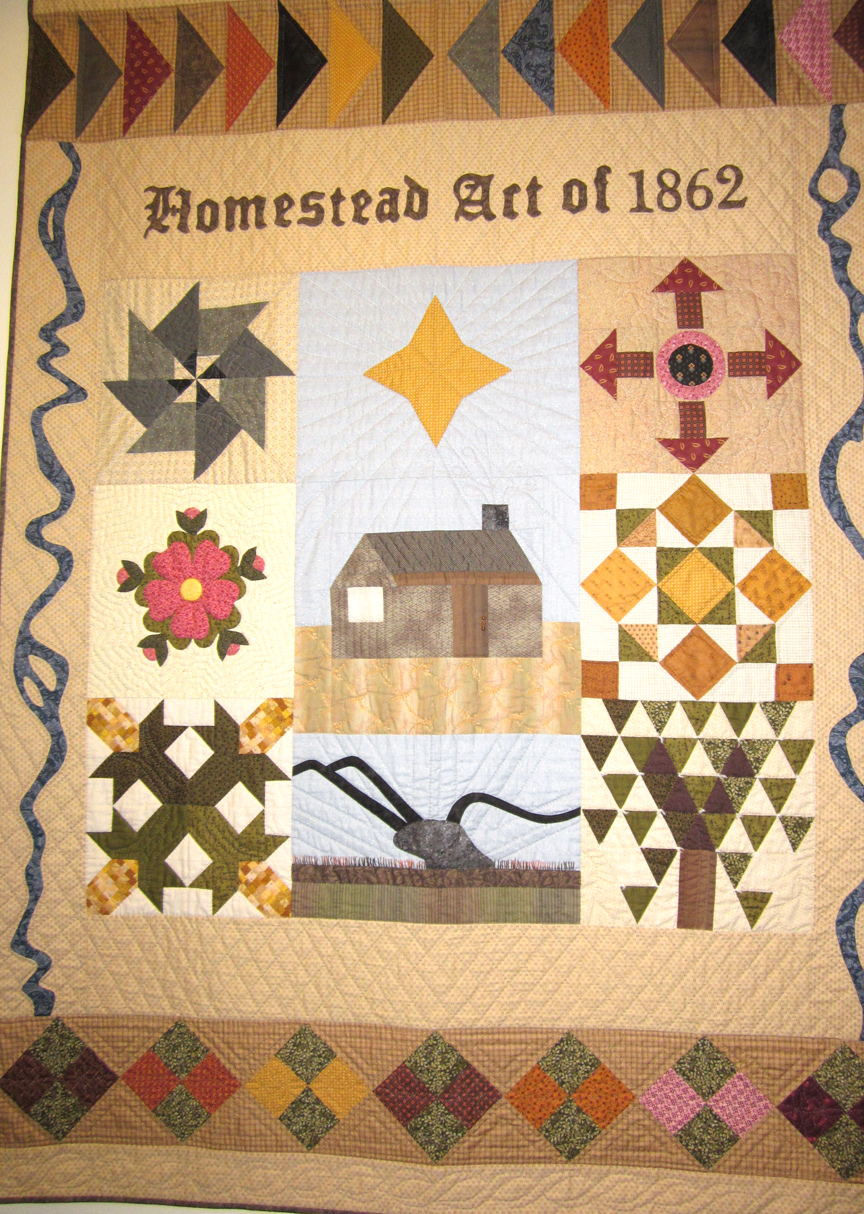
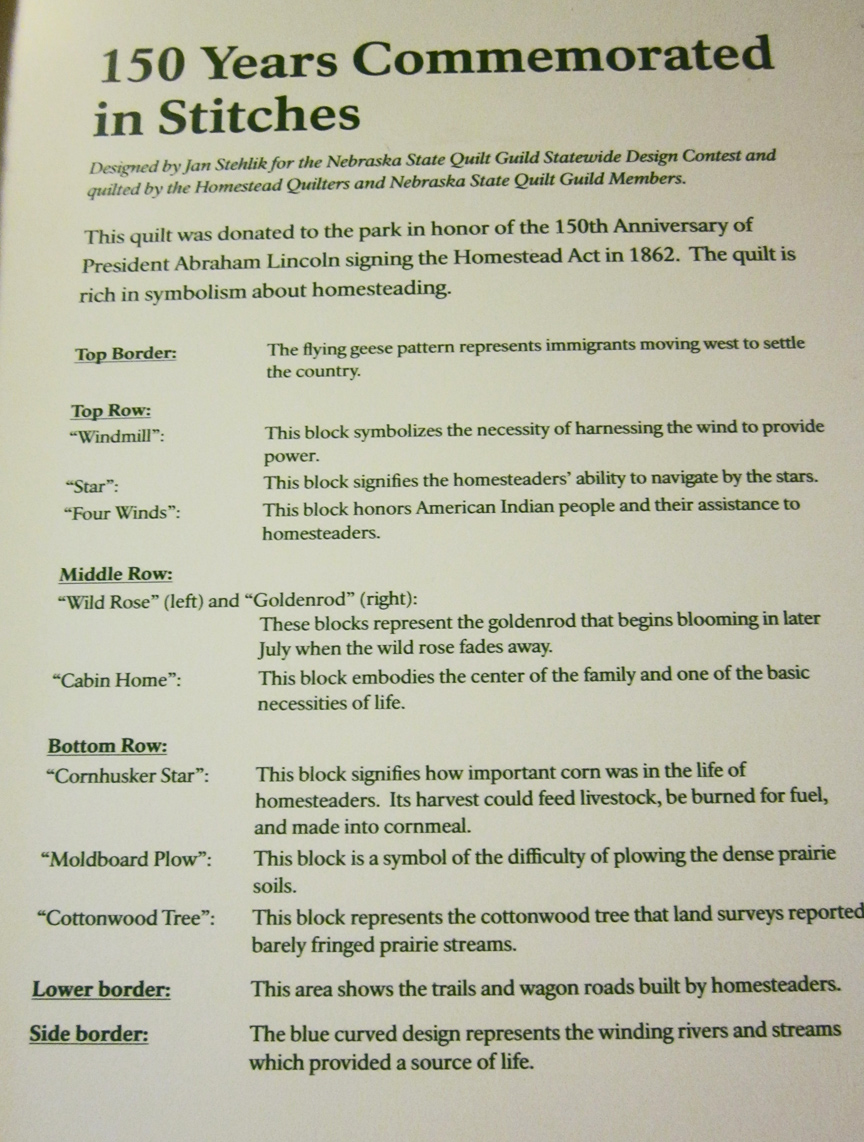
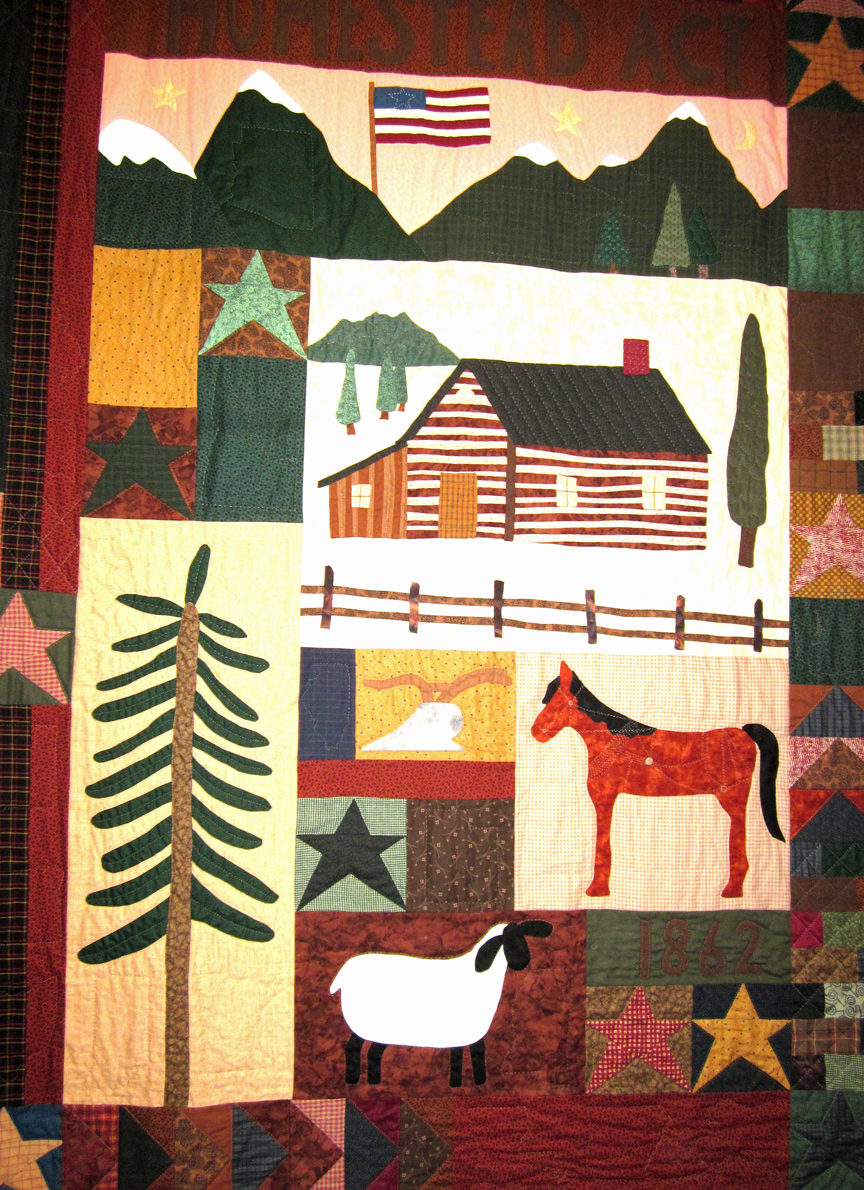
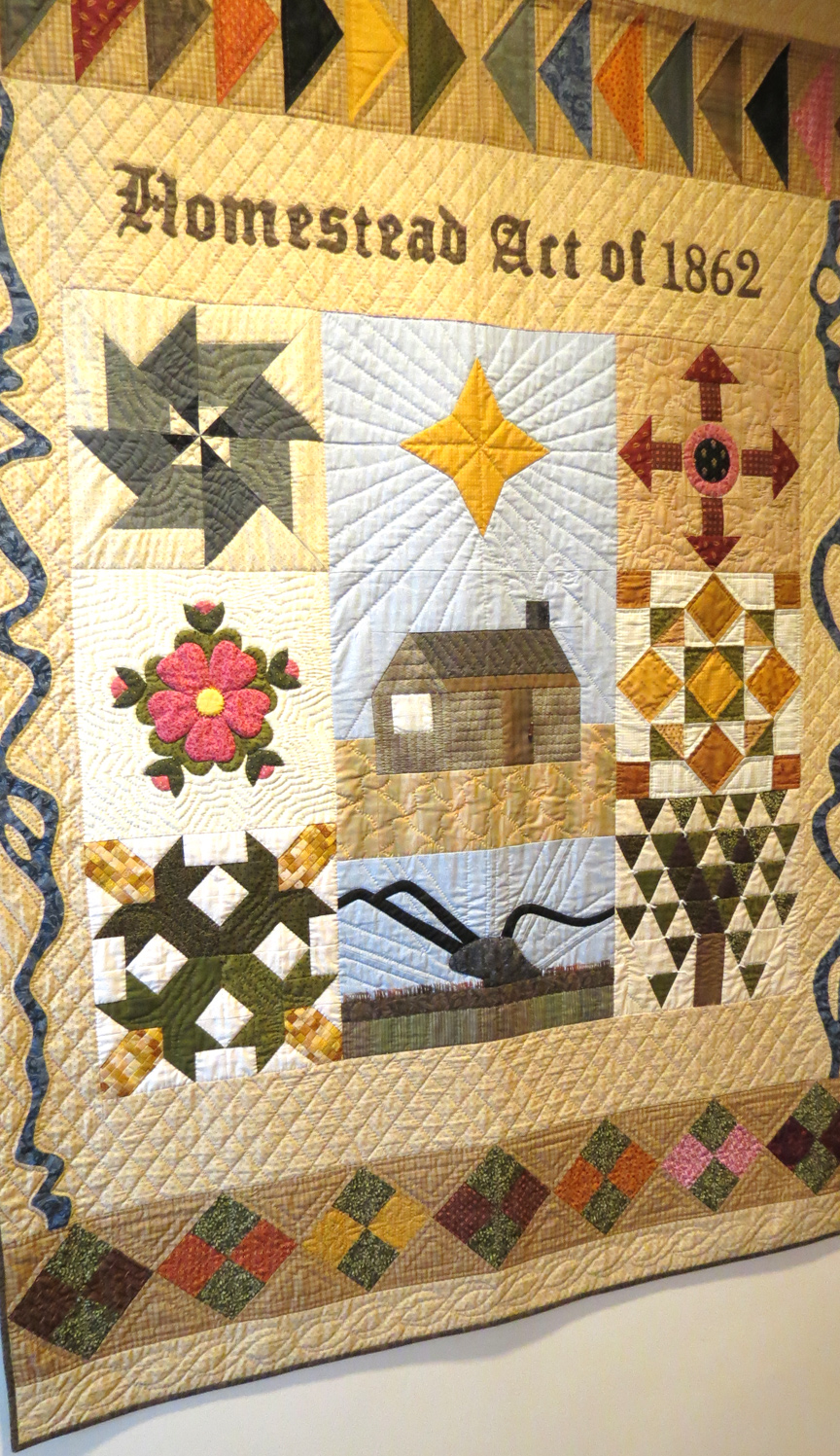
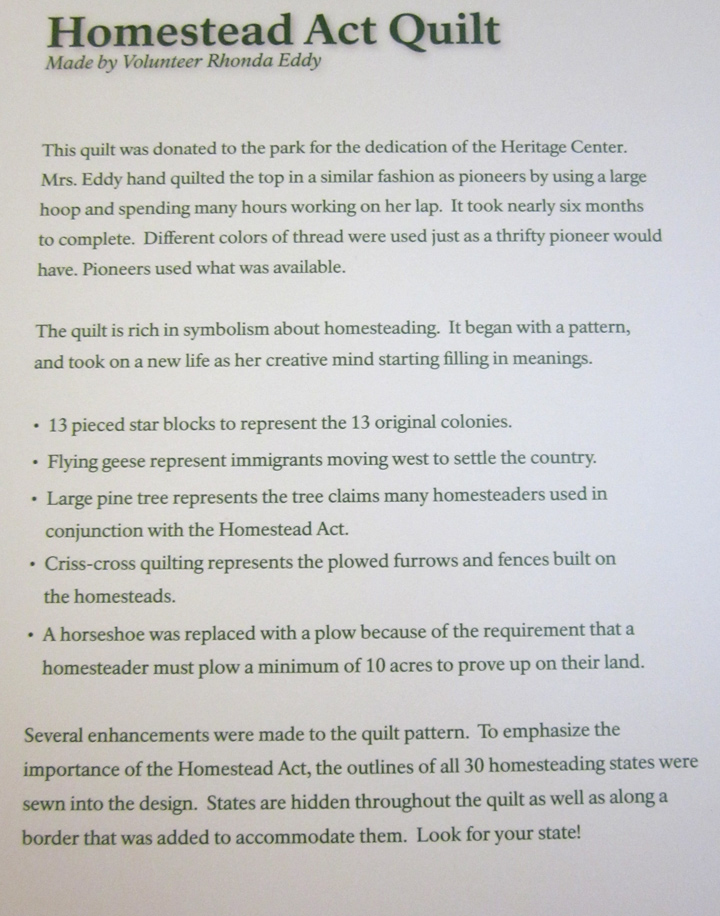
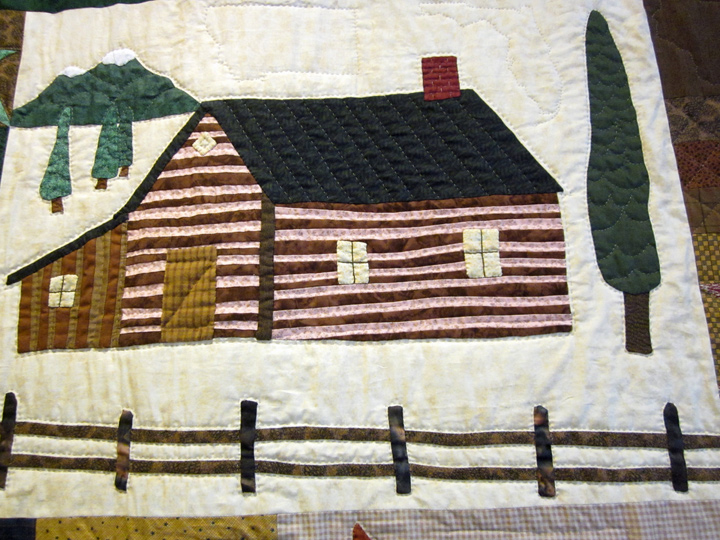
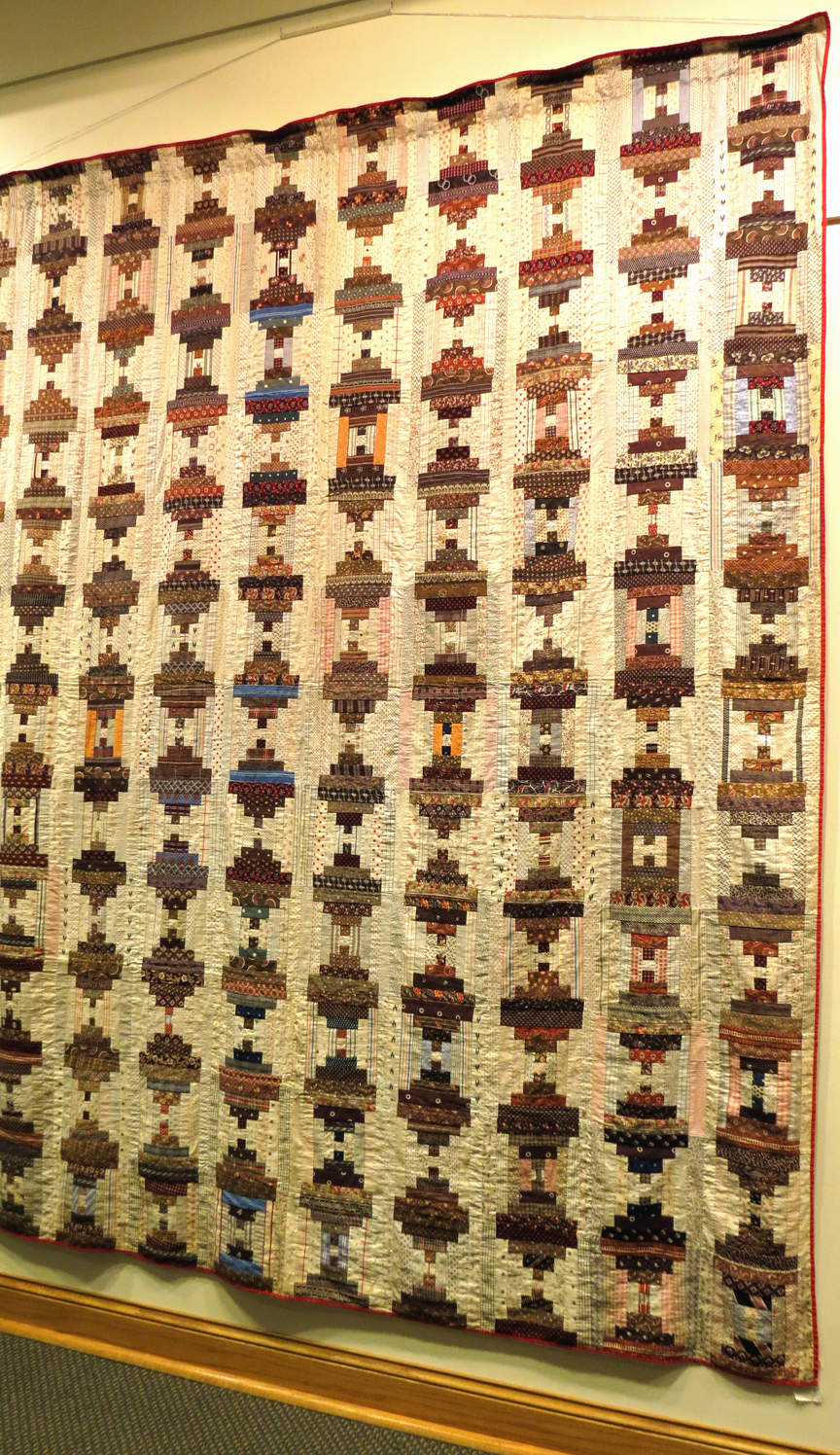

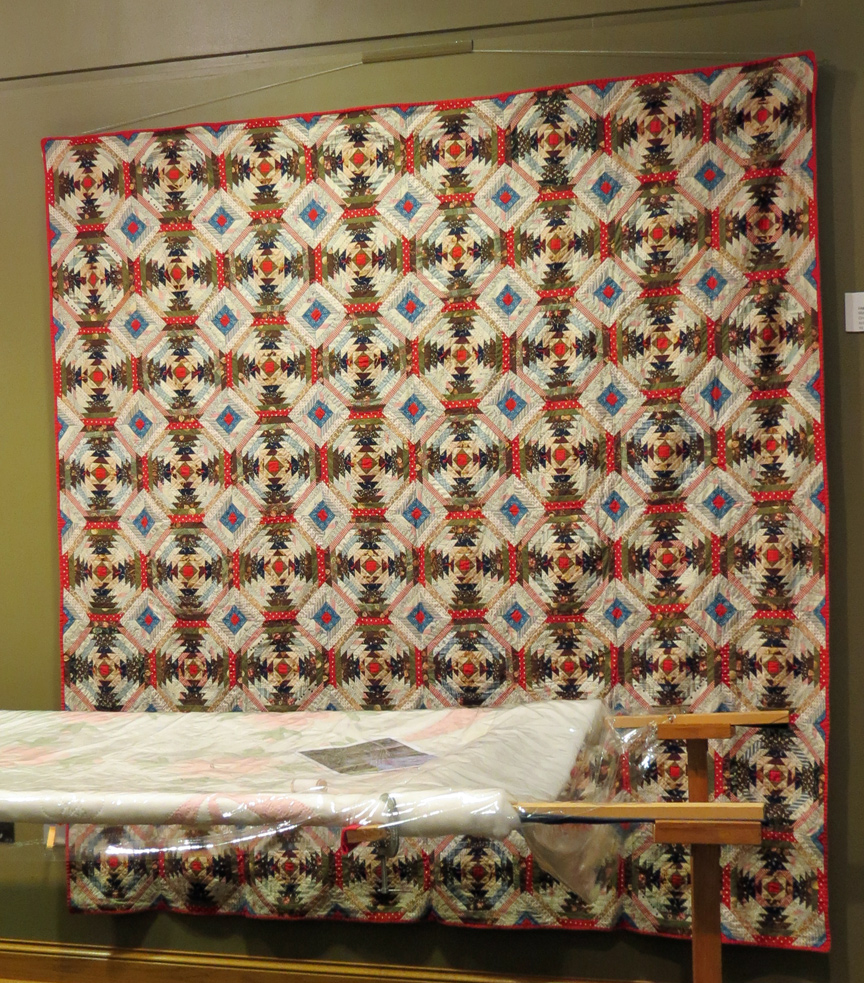
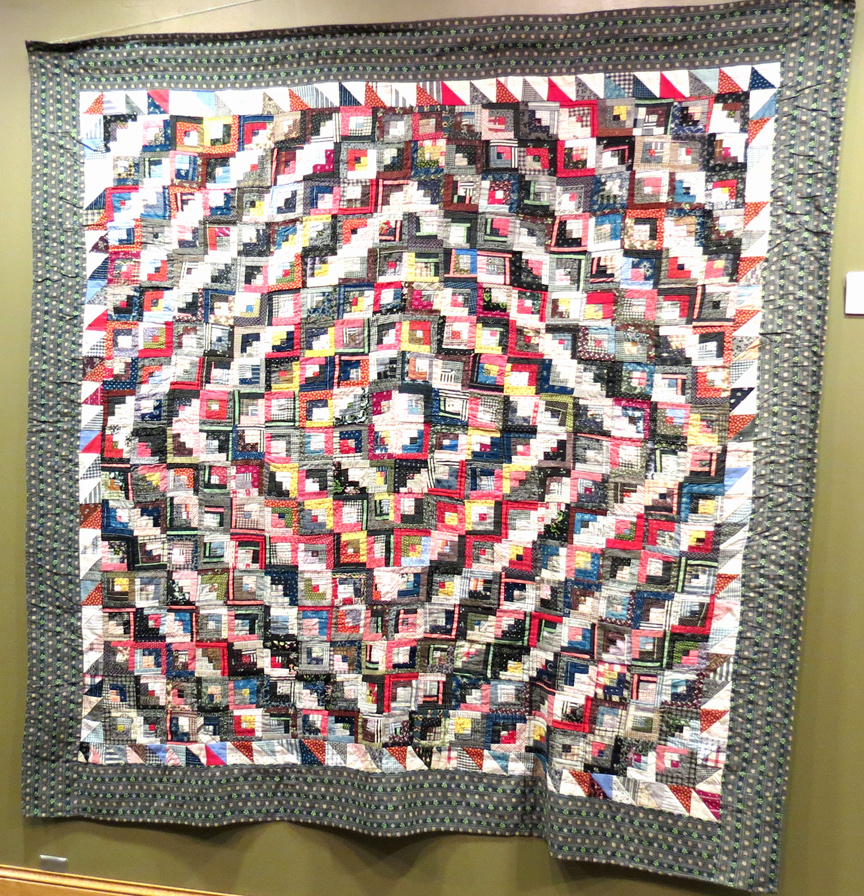
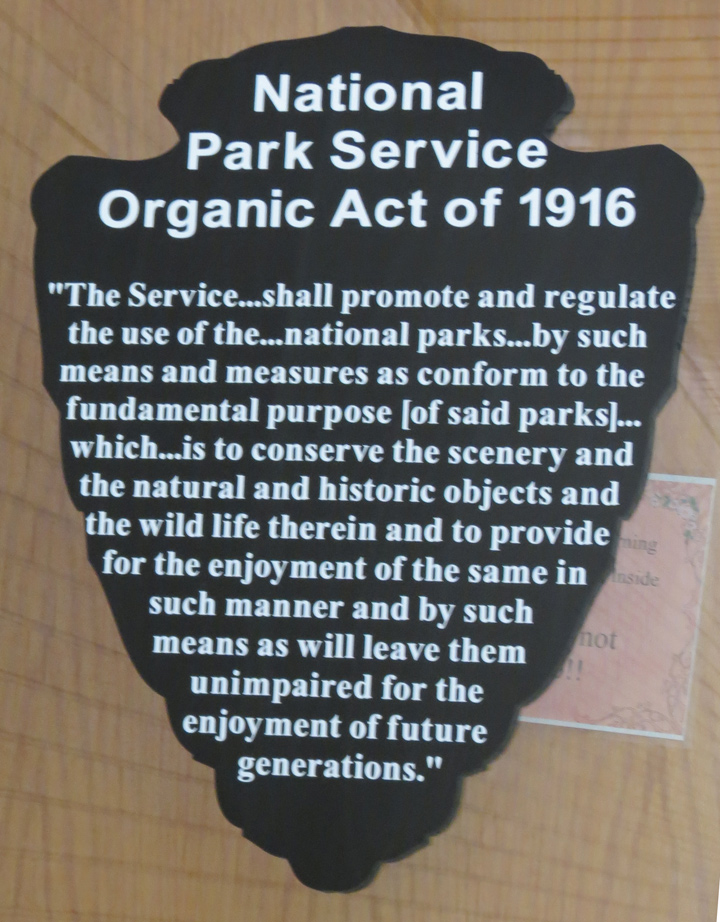
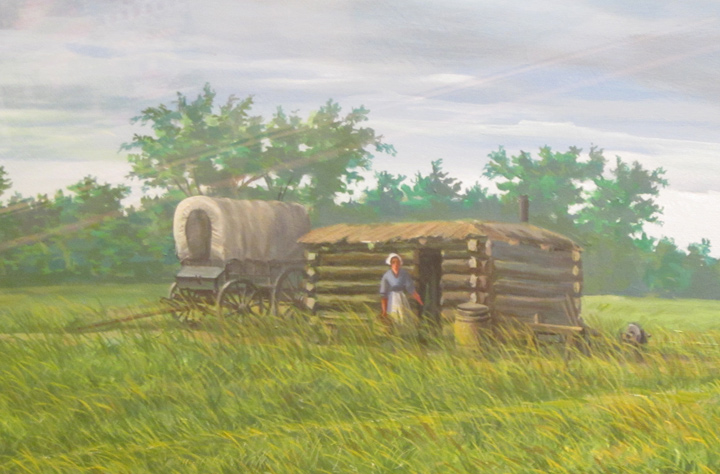
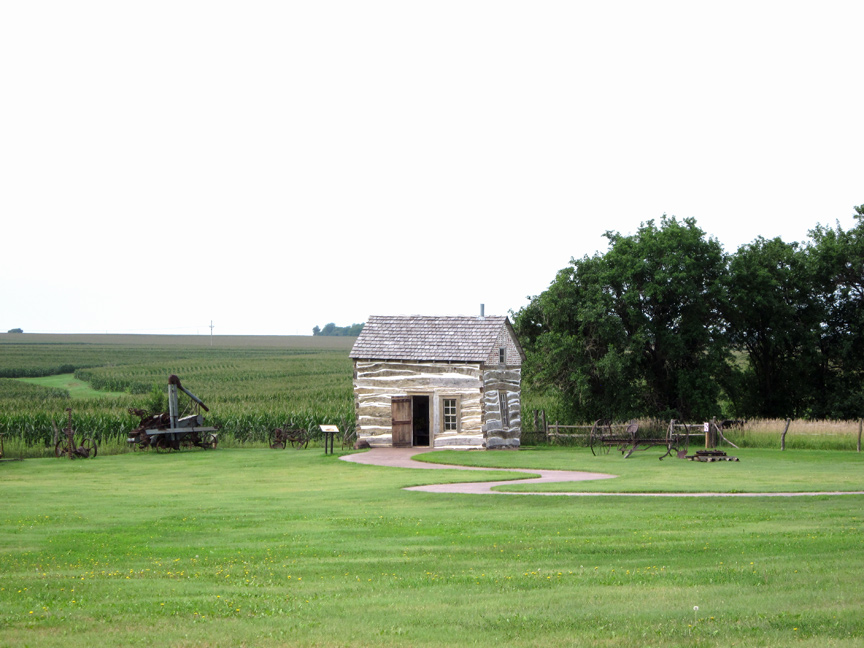
Homestead cabin
Kansas pages